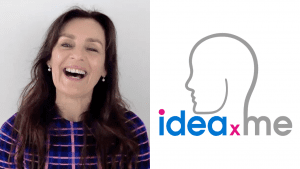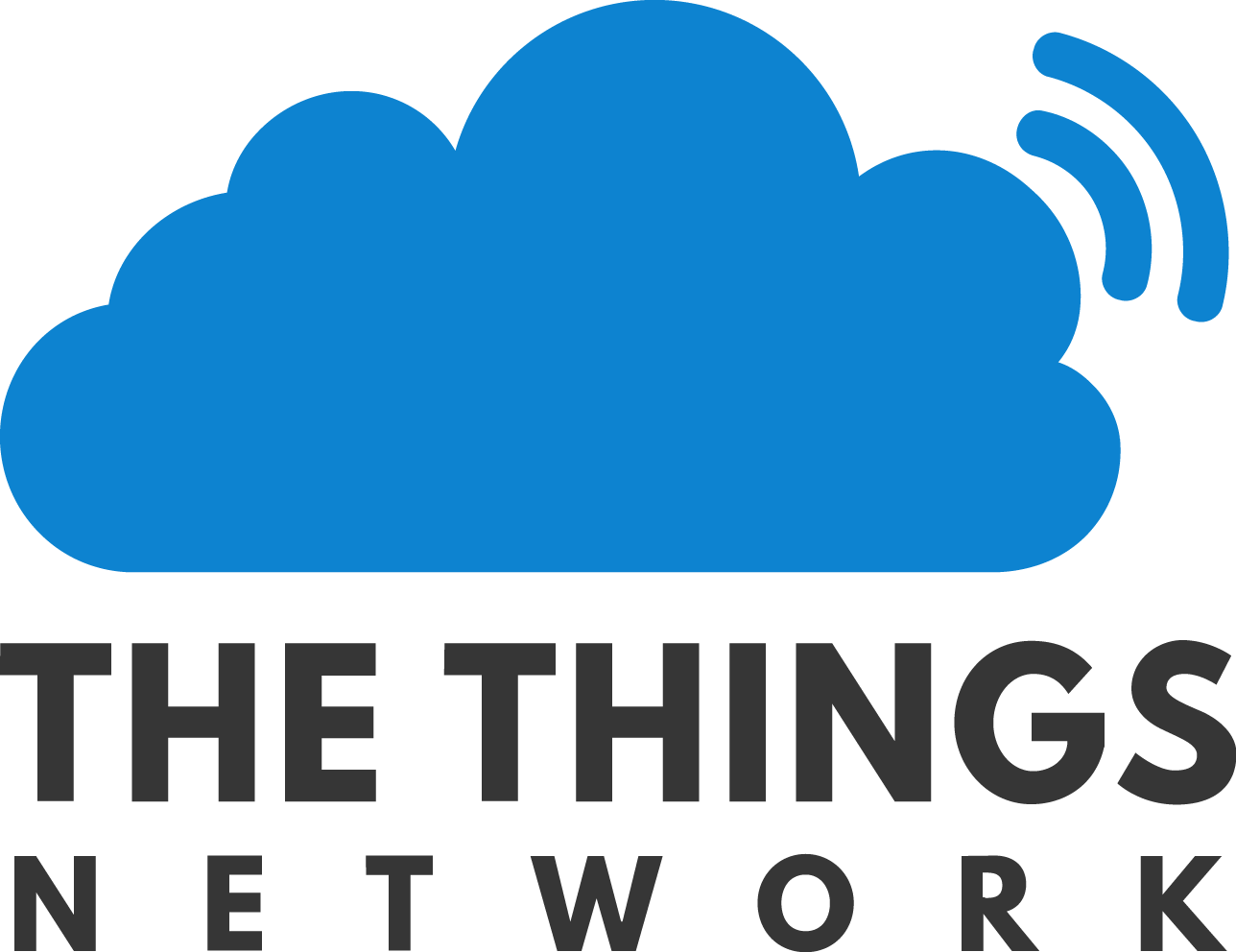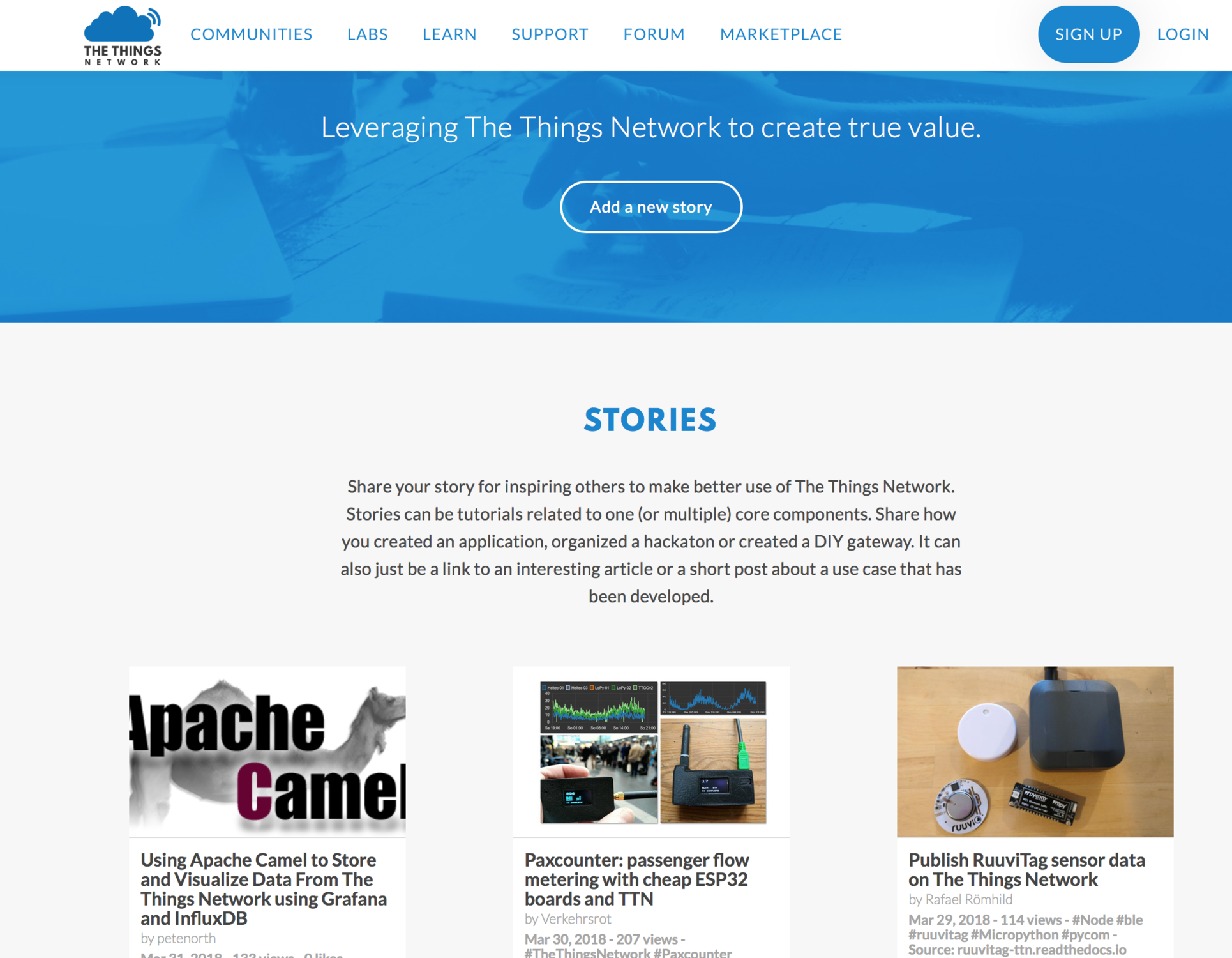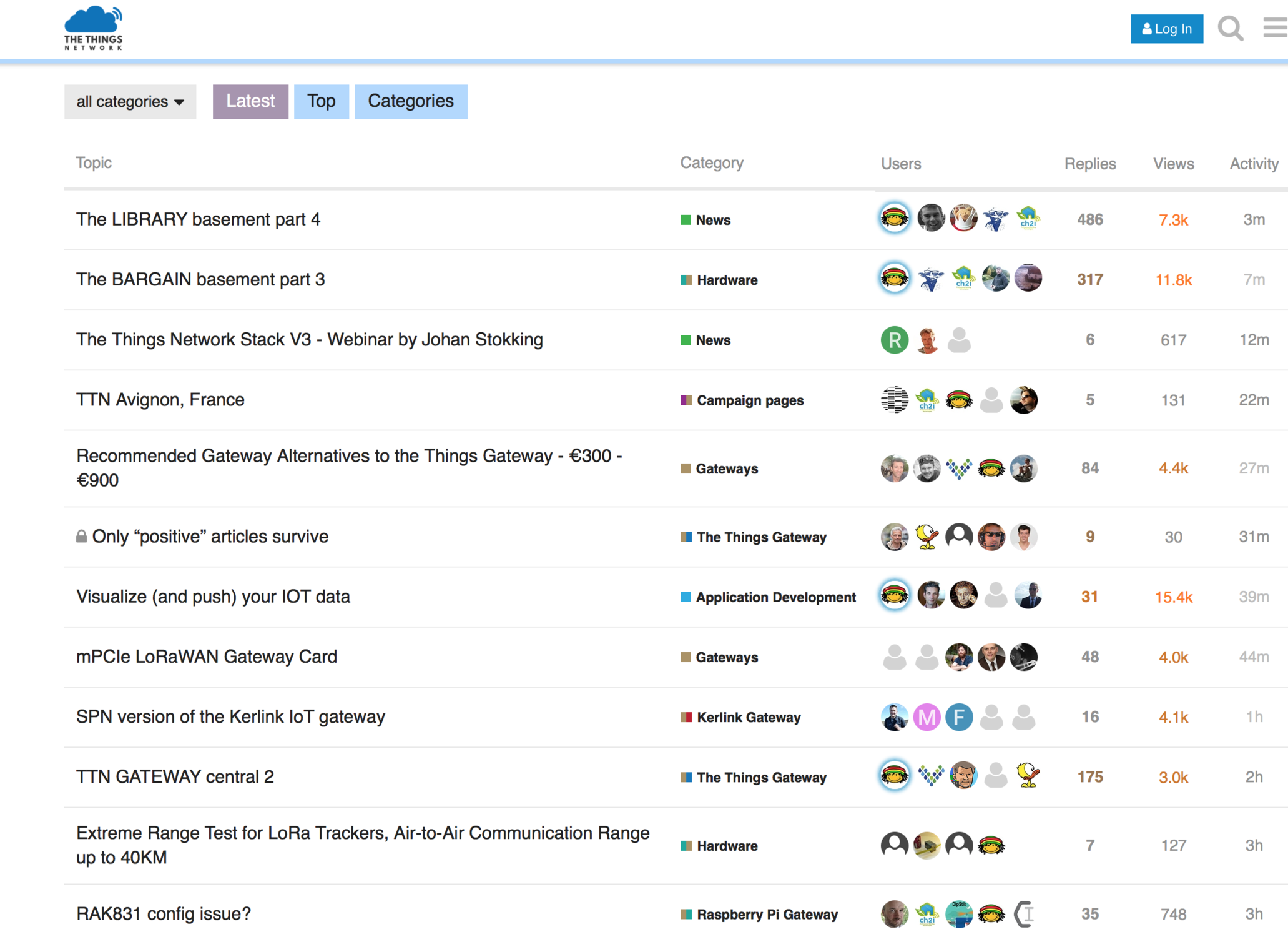Andrea Macdonald, founder of ideaXme, interviews Wienke Giezeman, initiator of The Things Network and co-founder of Things Industries. Wienke is a catalyst in The Internet of Things (IoT), world. He is a creator who is shaping our world.
By 2020 Gartner, Inc. a leading research organisation, predicts that over 20 billion things will be connected and more than half of major new business processes and systems will incorporate some element of the Internet of Things (IoT).
This development will have such a large impact on our lives, experts say it represents the beginning of a fourth industrial revolution. But like all big change, it is not without challenges. Find out here how Wienke plans to overcome them and why he is a key player in IoT.
If you’re a technologist, jump right into the section that interests you. If you are not and would like some background, then scroll down for context.
ideaXme interview with Wienke Giezeman
- 00:00:52 The technology which creates a low cost, low powered and “secure alternative” to wifi and 3G.
- 00.02:17 Starting in Amsterdam and launching The Things Network in 6 weeks.
- 00:03:33 Where do I start to use your network?
- 00:07:35 Growth by creating a community.
- 00.09:15 The Things Network’s early adopters and collaborators.
- 00:17:27 – 00:28:00 Questions from Dr. Adel Aneiba, senior lecturer in IoT, mobile computing and networking at the University of Birmingham and Yves Mulkers, business intelligence and data architect.
- 00:37:00 Why Wienke recommends Just Listen, by Mark Goulston.
- 00:37:10- 40:00:00 Who would Wienke like to meet?
- 40:00:00 Advice to technology entrepreneurs.
Context
What’s a thing?
A thing, in the context of The Internet of Things, is used to refer to a physical object connected to a network which allows that object to gather information for the creator of that object as well as the user. Objects communicate with each other to optimize how they function.
Most things in the future will have sensors, whether they are consumer products, industrial machines or transport vehicles. We’re very close to the time when all the electronic objects in our homes will be able to communicate with each other. Your morning alarm will go off and send a message via a network to activate your coffee machine, cat feeder, lights and bathroom heater.
Maybe you wake up feeling poorly because your heart is pounding. Your smartwatch registers that your blood pressure is high and sends a message to book an appointment with your doctor. You finish your breakfast of yoghurt and throw the empty carton away. Your bin senses that it is nearly full. This data, as well as the data from your neighbours trash cans, is monitored by your local authority. Another pick-up is needed for your area this week!
So things are wearable sports, medical and communications devices, machines used in manufacturing, components in vehicles or appliances in homes and buildings and sensors. Their value and efficiency are increased through being on a network by gathering data to deliver insights and drive innovation, agility and transformation.
To summarise, a “thing” is an object with embedded electronics that can transfer data over a network.
The Internet of Things
The term “The Internet of Things” was coined by Kevin Ashton in 1999. Ashton founded Zensi, an energy company bought by Belkin in 2010 that makes sensing and monitoring technology which senses and monitors energy usage.
The Internet of Things is predicted to change our world in manifold ways. It will make things work better. It will lead to the creation of new products, as well as revolutionise the way in which physical devices already in circulation are used.
Like many services cost, efficiency and access will drive the speed with which new technology is adopted.
ideaXme spoke to Wienke Giezeman, instigator of The Things Network.
Wienke’s mission is to build a global open internet of things data network using LoRowan technology.
LoRowan enables things to connect to the internet without Bluetooth, wifi or 3G.
It is battery efficient, long range and built at a fraction of the cost of other data networks. It is so user-friendly that it is possible to connect an entire city with a small number of people. Cost, efficiency and access are supposedly all addressed in offering LoRowan technology via The Things Network.
Wienke Giezeman’s mantra is: “You are the network. Let’s build this thing together!”
The technology used by The Things Network
LoRaWAN™ is a Low Power Wide Area Network (LPWAN) created to service wireless battery operated Things in worldwide, national or local networks. It is projected to support a major portion of the 20 billion of devices forecasted for the Internet of Things (IoT) by 2020.
LoRaWAN offers services which include secure two-way communication, mobility and localisation. LoRaWAN is designed to optimize LPWANs battery lifetime, capacity, range, and cost.
Communication between end-devices and gateways is spread out on different frequency channels and data rates. Thereby, maximising battery life of end-devices and network capacity. The LoRaWAN network server manages “the data rate and RF output for each end-device individually, by using an adaptive data rate (ADR) scheme”.
It is maintained that security issues are solved by several layers of encryption. For more information: lora-alliance.
An excerpt from ideaXme’s interview with Wienke Giezeman
Wienke Giezeman, Initiator The Things Network: [00:00:06] I am Wienke Giezeman, the initiator of The Things Network, a global internet of things network built for individuals and businesses that collaboratively build teleco infrastructure for things.
Andrea Macdonald, Founder ideaXme: [00:00:21] Why is it groundbreaking?
Wienke Giezeman, Initiator The Things Network: [00:00:23] So, there are two ways in which it is special. It is low cost and low powered.
Wienke Giezeman, Initiator The Things Network: [00:00:29] It is a new breed of teleco infrastructure and telecommunications infrastructure that allows sensors to talk to the Internet. The main business case driver of this technology is that it is low powered. You place sensors around a building, around a city that you want to wirelessly connect to analyse the data.
Wienke Giezeman, Initiator The Things Network: [00:00:52] Until now this has been very hard because the technology so far on the market did not allow the sensors to last on a battery for very long making the operational cost of maintaining such a network very high. We have this new technology called LoRaWAN. It is a low powered network technology.
Wienke Giezeman, Initiator The Things Network: [00:01:19] It operates in an open space of the spectrum, so in that respect, just like wifi. Everybody can set up the infrastructure, and it is low cost. Because of this technology, it is also possible to build a collaborative network. So people set up these gateways to service their buildings, their cities. So we thought, why don’t we collaborate globally to build a global network.
Wienke Giezeman, Initiator The Things Network: [00:01:49] So, imagine if a city wants to know the rate at which trash cans fill up city-wide, they could set up a network to monitor this. Smart trash cans would send data back via the network to inform the city about the fill-up rate. Local government can use this data to manage services. We created a platform to enable this to be possible. A low cost, low powered collaboration network.
Andrea Macdonald, Founder ideaXme: [00:02:17] You started with Amsterdam. Could you talk to us about how you got the whole project up and running?
Wienke Giezeman, Initiator The Things Network: [00:02:26] So, it started as a crazy idea. Then we gathered together a group of people. We found ten businesses in Amsterdam to invest in the physical infrastructure. That is gateways, physical devices that have an antenna that you can compare to wifi but it doesn’t use wifi it uses LoRowan. It is at different frequencies and is a different protocol. It goes over the air.
Wienke Giezeman, Initiator The Things Network: [00:02:54] We launched this network in six weeks. We open sourced the code and opened the platform for everyone to join. We received a big response from all over the world from people who want to get started with this technology. That was at the end of 2015. In little more than two years, we’ve grown to 3400 gateways across more than 90 countries with a developer ecosystem of 35,000 developers.
Andrea Macdonald, Founder ideaXme: [00:03:25] I am a consumer and a business owner. Where do I start to use your network?
Wienke Giezeman, Initiator The Things Network: [00:03:33] I would go to The Things Network to find a network near you. Where do you live?
Andrea Macdonald, Founder ideaXme: [00:03:40] London.
Wienke Giezeman, Initiator The Things Network: [00:04:17] So, the first step is that you can buy a gateway yourself, or find somebody else in your neighbourhood who owns one. It doesn’t matter whether you are a billion dollar company or making stuff at home. Access to this technology is low cost and low powered.
Andrea Macdonald, Founder ideaXme: [00:06:23] Can you talk about the physical products that you are selling from the website? You spoke about the gateway but explain to the audience about the physical products.
Wienke Giezeman, Initiator The Things Network: [00:06:37] Yes, on the hardware side, we have three products. We have a gateway that allows people to create network coverage. We have a node. It is a product that helps you to create a concept or prototype and its sensors are prepackaged in that device. We have all sorts of other things which enable you to build devices and analyze and control the resulting data gathered.
Andrea Macdonald, Founder ideaXme: [00:07:35] On your company video, you say “You are the network, let’s build it together!”. Your website www.thethingsnetwork.org is very much like a social network in feel. You have a forum.
There is a section which is called the lab, the laboratory where you encourage people to upload the products that they have made using this network. Can you talk a little bit about that including the case histories and also the response on the forum?
How you are reaching out to the community to help you build this thing or to extend it.
Wienke Giezeman, Initiator The Things Network: [00:08:32] Yes, we’ve made The Things Network a place, a community-driven initiative. We create some content ourselves. We allow other members of the community to post their content, to teach others how to use our network. If you look at a forum, it’s very active. Some members are very active in the community.
Wienke Giezeman, Initiator The Things Network: [00:09:15] It is a self-sustaining community with regards to content. The Things Network is funded by The Things Industries, which is our commercial organization through which we provide consultancy, support and proprietary software components to build professional networks.
Andrea Macdonald, Founder ideaXme: [00:10:06] Going back to the communities amongst whom you have encouraged collaboration; Could you talk to us about a couple of the community members?
Wienke Giezeman, Initiator The Things Network: [00:10:18] Our largest community is in Zurich.
Watch the video to find out about the The Things Network collaborators and much more.
Follow on Twitter @thethingsntwrk
“Move the human story forward!” ideaXme ™
ideaXme is a podcast, ambassador and mentor programme. Soon much more!
This interview will also be available in audio format on www.radioideaxme.com, iTunes, SoundCloud, Libsyn and Spotify.
If you’d like to be an ideaXme ambassador or mentor, please contact [email protected] or [email protected].

Credits: Andrea Macdonald interview, text, and audio
For more ideaXme interviews in the lead up to our 2016 launch:
Follow ideaXme on Twitter: @ideaxm
On Instagram: @ideaxme
On YouTube: ideaxme
Find ideaXme across the internet including on iTunes, SoundCloud, Radio Public, TuneIn Radio, I Heart Radio, Google Podcasts, Spotify and more.
ideaXme is a global podcast, creator series and mentor programme. Our mission: Move the human story forward!™ ideaXme Ltd.



